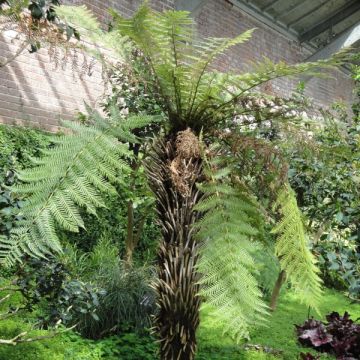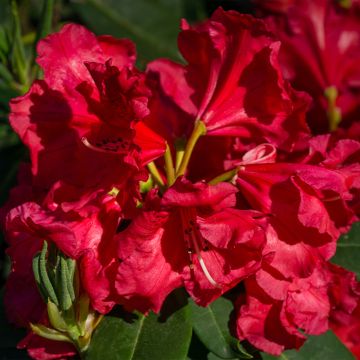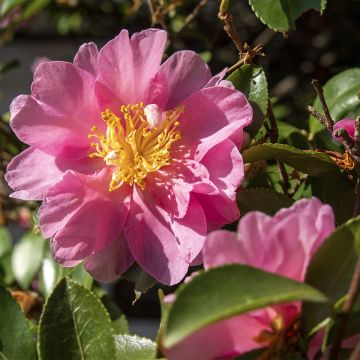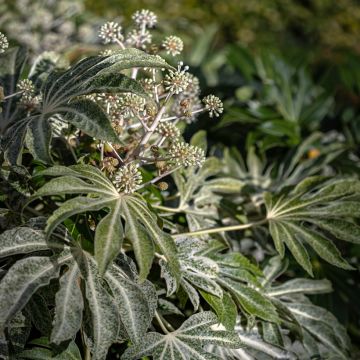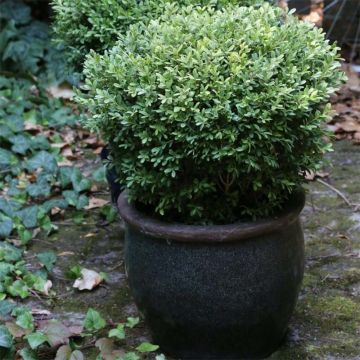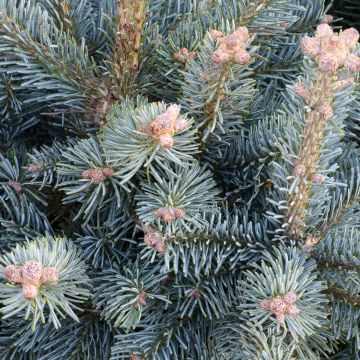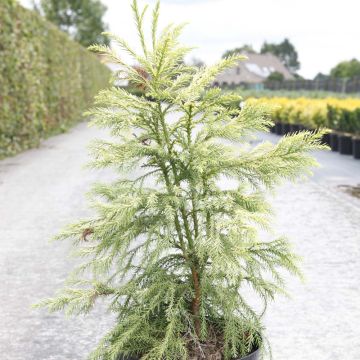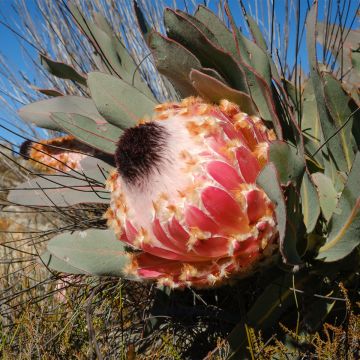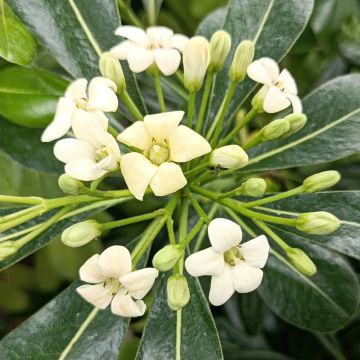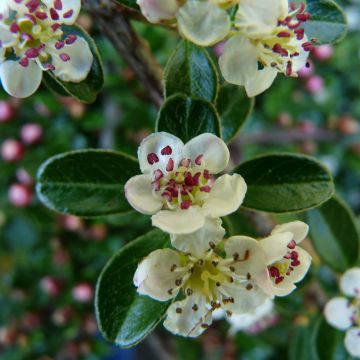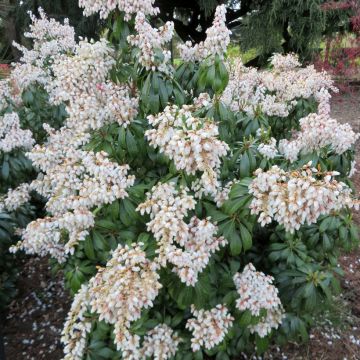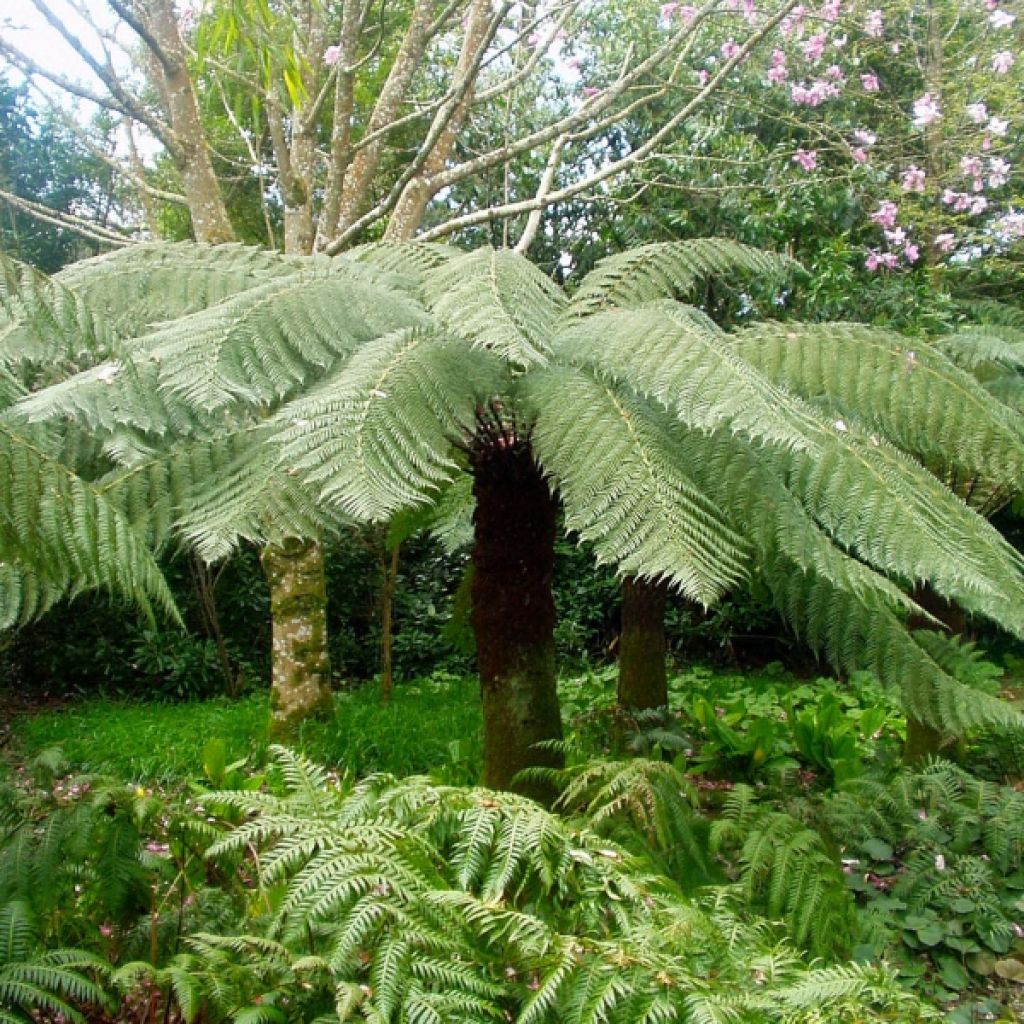

Dicksonia antarctica - Tree Fern
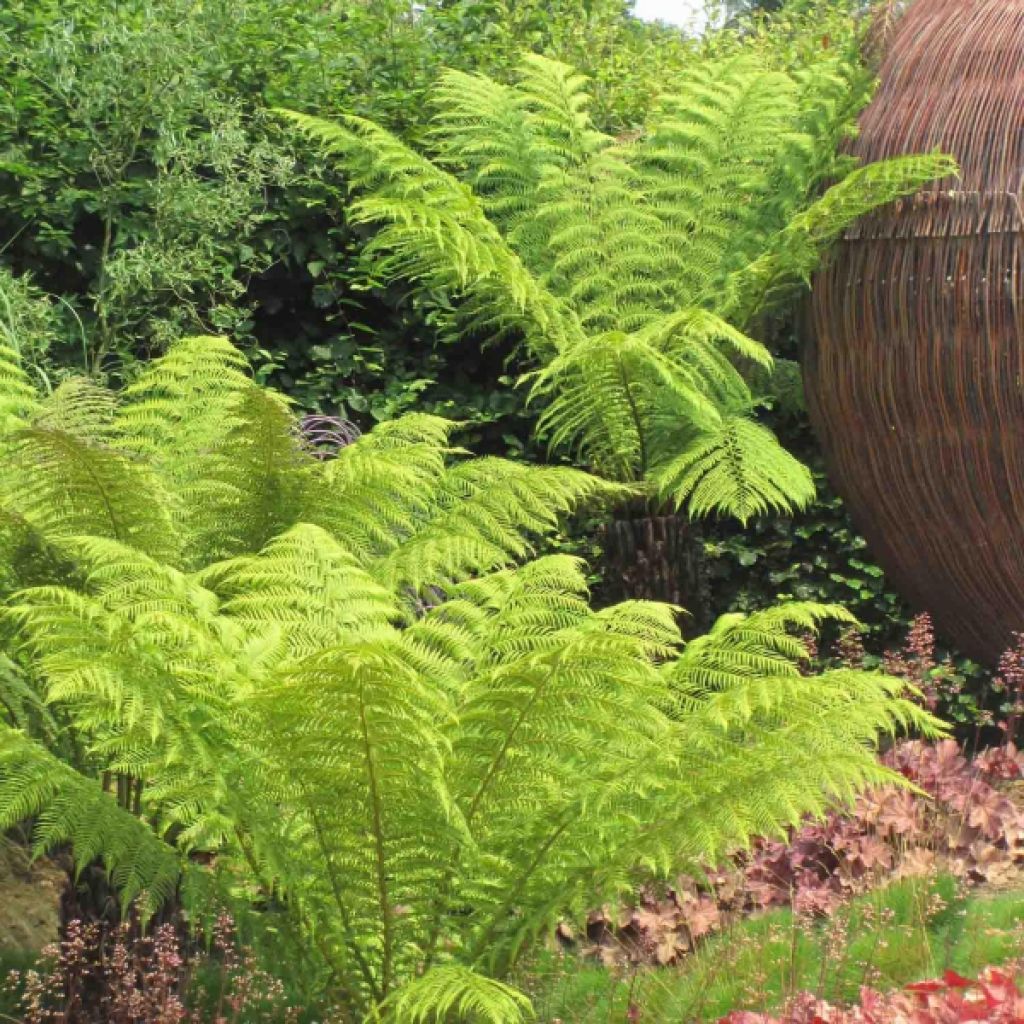

Dicksonia antarctica - Tree Fern
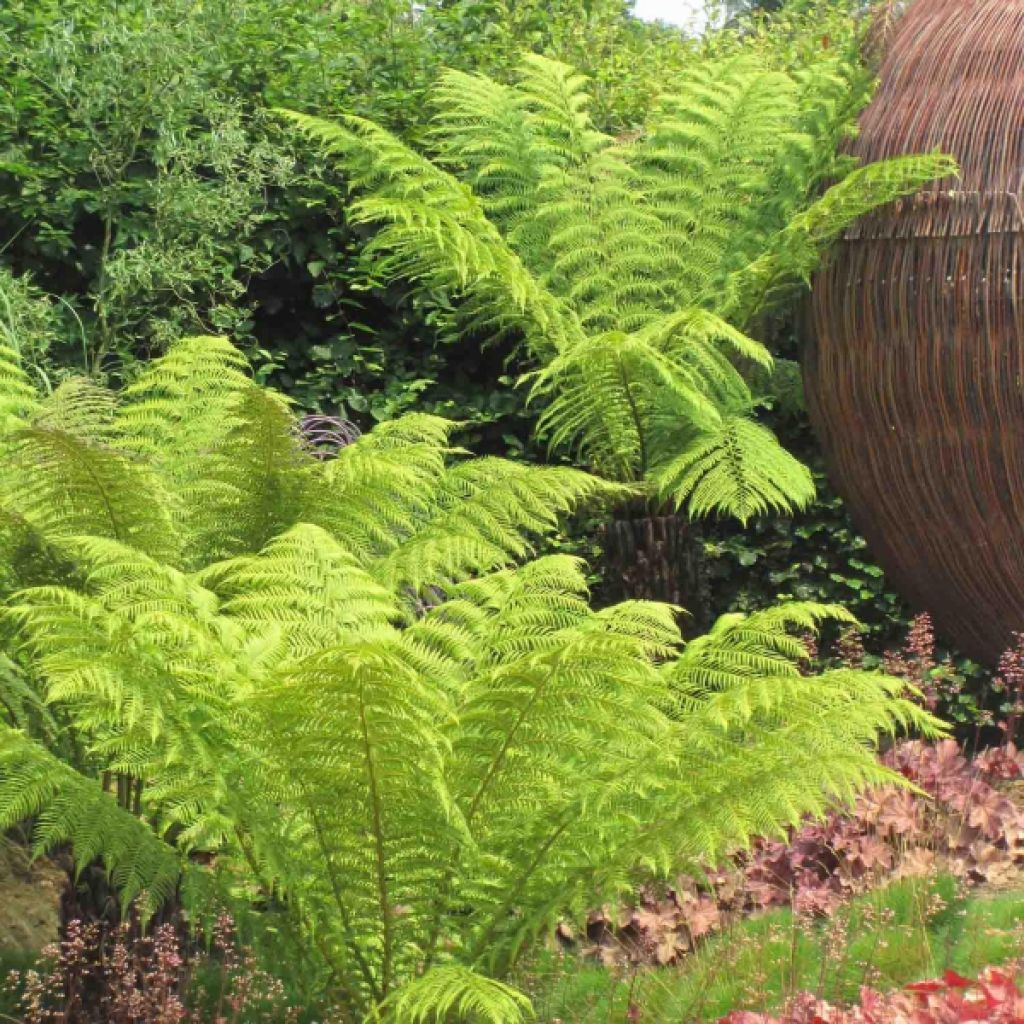

Dicksonia antarctica - Tree Fern
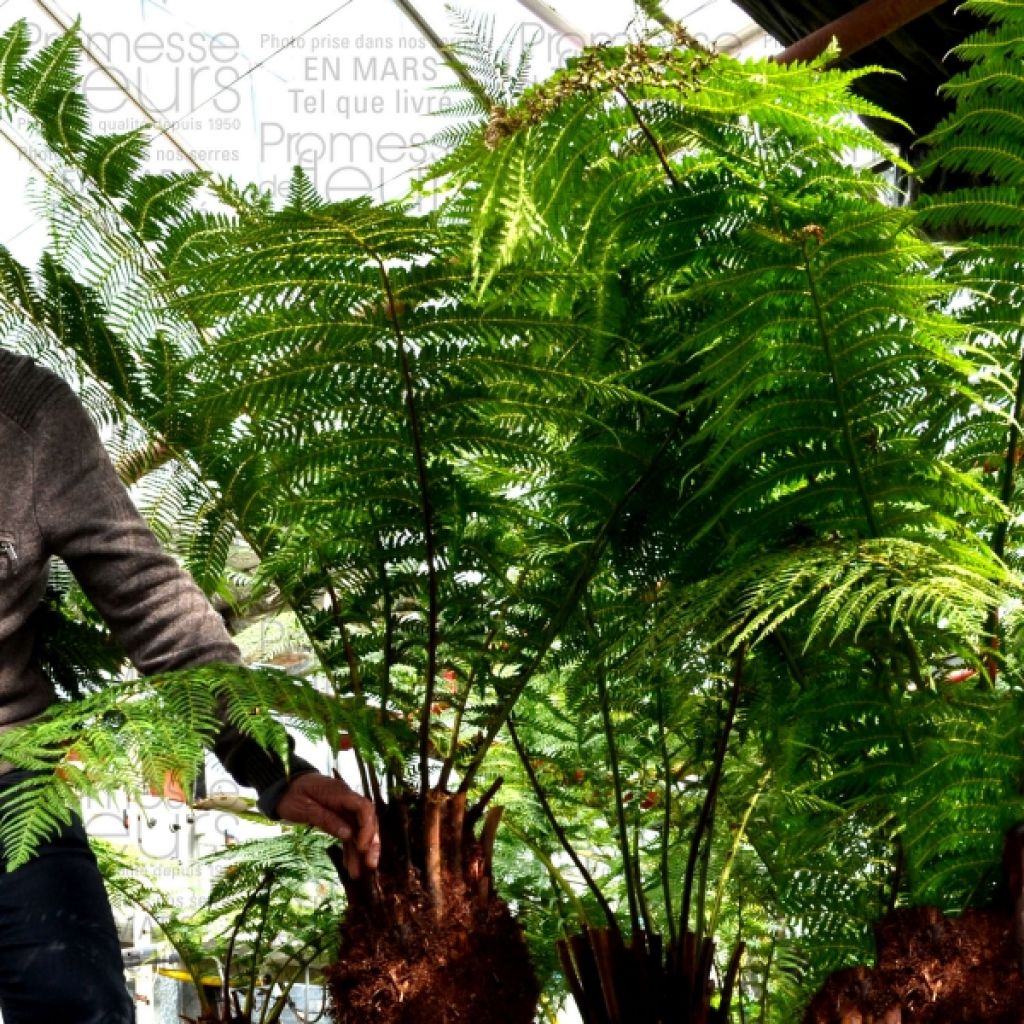

Dicksonia antarctica - Tree Fern
Dicksonia antarctica - Tree Fern
Dicksonia antarctica
Soft tree fern
Lovely plant, thank you.
Nath44, 13/01/2025
This item cannot be shipped to the selected country
Delivery charge from €5.90
Oversize package delivery charge from €6.90
Delivery charge from €5.90
Delivery charge from €5.90
More information
Schedule delivery date,
and select date in basket
This plant carries a 24 months recovery warranty
More information
We guarantee the quality of our plants for a full growing cycle, and will replace at our expense any plant that fails to recover under normal climatic and planting conditions.
From €5.90 for pickup delivery and €6.90 for home delivery
Express home delivery from €8.90.
Oversize package: home delivery by special carrier from €6.90 per order..
Express home delivery from €8.90.
From €5.90 for pickup delivery and €6.90 for home delivery
Express home delivery from €8.90.
From €5.90 for pickup delivery and €6.90 for home delivery
Express home delivery from €8.90.


Does this plant fit my garden?
Set up your Plantfit profile →
Description
Dicksonia antarctica is an arborescent fern, forming a silky trunk topped with a lush, tender green foliage that gives it a strong exotic appearance. It is undoubtedly the hardiest species of the genus.
In nature, this arborescent fern can form a trunk 10 m to 15m (32.8 ft to 49.2 ft) tall and measuring up to 50 cm (19.7 in) in diameter. Away from its natural habitat, it rarely exceeds 5 m to 6 m (16.4 ft to 19.7 ft) in height.
Its fibrous trunk (stipe), brown in colour, measures on average 25 cm to 30 cm (9.8 in to 11.8 in) in diameter, and is traversed by a dense network of black capillary roots. Its growth is slow, averaging 2 cm to 5 cm (0.8 in to 2 in) per year, but its lifespan is extremely long.
The fronds (leaves) of the Dicksonia antarctica are carried at the top of the trunk and measure from 2 m to 3 m (6.6 ft to 9.8 ft) in length, forming a large, spreading tuft that can measure up to 5 m (16.4 ft) in diameter. With a tender green colour, the fronds are tripinnate, shiny, soft to the touch, and have a significant layer of brown bristles at the base. They are evergreen and each has an average lifespan of 2 years when not exposed to severe frost, otherwise they "burn" in winter and are replaced by a new crown of fronds the following spring.
Arborescent ferns are not known for their great hardiness. However, some species, notably Dicksonia antartica and D. fibrosa, are quite hardy without any protection down to -7° C (19.4° F), and even down to -10° C (14° F) if they are in a calm, sheltered location.
Beyond that, winter protection is necessary. It can be as simple as a "straw hat" to shelter the future fronds at the top of the stipe, which is the most sensitive area to the cold. This way, the fern can withstand temperatures down to about -12° C (10.4° F) for a short period. Another solution is to cultivate them in a large pot and bring them indoors in winter in an unheated or minimally heated conservatory.
Report an error about the product description
Dicksonia antarctica - Tree Fern in pictures
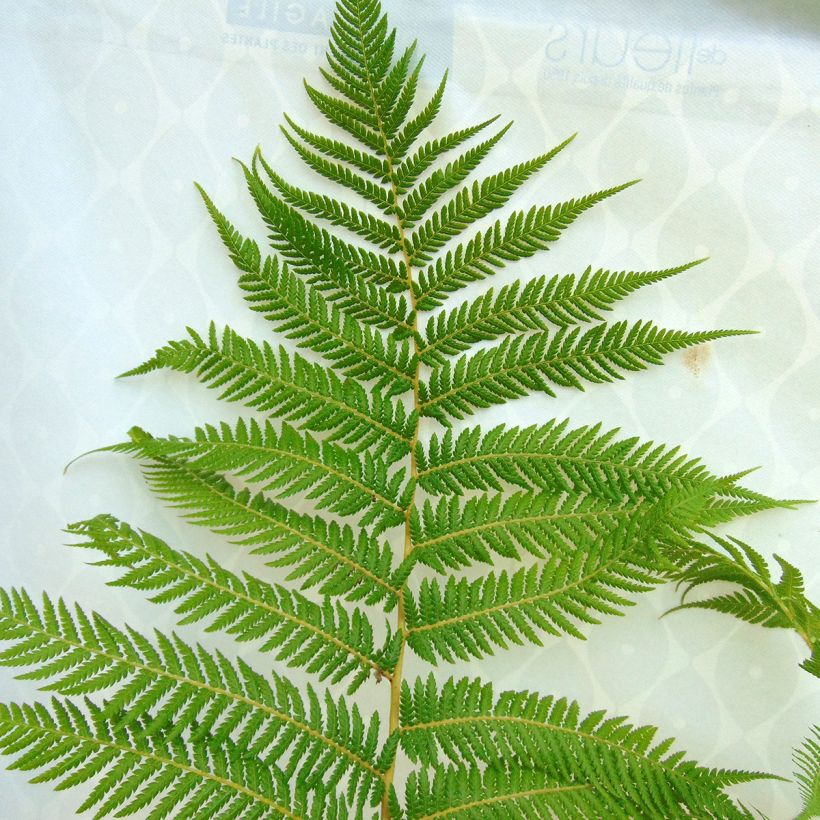

Plant habit
Foliage
Botanical data
Dicksonia
antarctica
Dicksoniaceae
Soft tree fern
Australia
Other Dicksonia
Planting and care
Dicksonia antartica grows in partial shade, and tolerates non-burning sun in a protected location in a humid atmosphere. The most important thing is the air humidity, which should be as high as possible as it dislikes drying winds. It likes moist soils, very rich in humus with a tendency to be neutral or acidic. Planting in the ground is mainly intended for oceanic climates, elsewhere grow it in a pot and bring it indoors to a frost-free conservatory during winter. Tree ferns are not known for their great hardiness. However, Dicksonia antartica is quite hardy without any protection down to -7° C (19.4° F), and even down to -10° C (14° F) if planted in a calm, wind-free location. Beyond that, winter protection is necessary. It can be as simple as a "straw hat" to protect the future fronds at the top of the trunk, which is the most sensitive area to cold. This way, the fern can withstand temperatures down to approximately -12° C (10.4° F) for a short period. Another solution is to grow them in a large pot and bring them indoors during winter in a conservatory kept frost-free or minimally heated.
Planting period
Intended location
Care
-
, onOrder confirmed
Reply from on Promesse de fleurs
Evergreen shrubs
Haven't found what you were looking for?
Hardiness is the lowest winter temperature a plant can endure without suffering serious damage or even dying. However, hardiness is affected by location (a sheltered area, such as a patio), protection (winter cover) and soil type (hardiness is improved by well-drained soil).

Photo Sharing Terms & Conditions
In order to encourage gardeners to interact and share their experiences, Promesse de fleurs offers various media enabling content to be uploaded onto its Site - in particular via the ‘Photo sharing’ module.
The User agrees to refrain from:
- Posting any content that is illegal, prejudicial, insulting, racist, inciteful to hatred, revisionist, contrary to public decency, that infringes on privacy or on the privacy rights of third parties, in particular the publicity rights of persons and goods, intellectual property rights, or the right to privacy.
- Submitting content on behalf of a third party;
- Impersonate the identity of a third party and/or publish any personal information about a third party;
In general, the User undertakes to refrain from any unethical behaviour.
All Content (in particular text, comments, files, images, photos, videos, creative works, etc.), which may be subject to property or intellectual property rights, image or other private rights, shall remain the property of the User, subject to the limited rights granted by the terms of the licence granted by Promesse de fleurs as stated below. Users are at liberty to publish or not to publish such Content on the Site, notably via the ‘Photo Sharing’ facility, and accept that this Content shall be made public and freely accessible, notably on the Internet.
Users further acknowledge, undertake to have ,and guarantee that they hold all necessary rights and permissions to publish such material on the Site, in particular with regard to the legislation in force pertaining to any privacy, property, intellectual property, image, or contractual rights, or rights of any other nature. By publishing such Content on the Site, Users acknowledge accepting full liability as publishers of the Content within the meaning of the law, and grant Promesse de fleurs, free of charge, an inclusive, worldwide licence for the said Content for the entire duration of its publication, including all reproduction, representation, up/downloading, displaying, performing, transmission, and storage rights.
Users also grant permission for their name to be linked to the Content and accept that this link may not always be made available.
By engaging in posting material, Users consent to their Content becoming automatically accessible on the Internet, in particular on other sites and/or blogs and/or web pages of the Promesse de fleurs site, including in particular social pages and the Promesse de fleurs catalogue.
Users may secure the removal of entrusted content free of charge by issuing a simple request via our contact form.
The flowering period indicated on our website applies to countries and regions located in USDA zone 8 (France, the United Kingdom, Ireland, the Netherlands, etc.)
It will vary according to where you live:
- In zones 9 to 10 (Italy, Spain, Greece, etc.), flowering will occur about 2 to 4 weeks earlier.
- In zones 6 to 7 (Germany, Poland, Slovenia, and lower mountainous regions), flowering will be delayed by 2 to 3 weeks.
- In zone 5 (Central Europe, Scandinavia), blooming will be delayed by 3 to 5 weeks.
In temperate climates, pruning of spring-flowering shrubs (forsythia, spireas, etc.) should be done just after flowering.
Pruning of summer-flowering shrubs (Indian Lilac, Perovskia, etc.) can be done in winter or spring.
In cold regions as well as with frost-sensitive plants, avoid pruning too early when severe frosts may still occur.
The planting period indicated on our website applies to countries and regions located in USDA zone 8 (France, United Kingdom, Ireland, Netherlands).
It will vary according to where you live:
- In Mediterranean zones (Marseille, Madrid, Milan, etc.), autumn and winter are the best planting periods.
- In continental zones (Strasbourg, Munich, Vienna, etc.), delay planting by 2 to 3 weeks in spring and bring it forward by 2 to 4 weeks in autumn.
- In mountainous regions (the Alps, Pyrenees, Carpathians, etc.), it is best to plant in late spring (May-June) or late summer (August-September).
The harvesting period indicated on our website applies to countries and regions in USDA zone 8 (France, England, Ireland, the Netherlands).
In colder areas (Scandinavia, Poland, Austria...) fruit and vegetable harvests are likely to be delayed by 3-4 weeks.
In warmer areas (Italy, Spain, Greece, etc.), harvesting will probably take place earlier, depending on weather conditions.
The sowing periods indicated on our website apply to countries and regions within USDA Zone 8 (France, UK, Ireland, Netherlands).
In colder areas (Scandinavia, Poland, Austria...), delay any outdoor sowing by 3-4 weeks, or sow under glass.
In warmer climes (Italy, Spain, Greece, etc.), bring outdoor sowing forward by a few weeks.

































